Screen Printing at In Flight
To fulfill customers’ screen printing needs, In Flight possesses the right staff and resources from front to back. Over the years, our facility has handled thousands of designs, encompassing intricate patterns and utilizing various printing techniques commonly employed in daily printing. We pride ourselves on offering premium methods that bring a fresh perspective to screen printing and have a lot of years to back it up.
At In Flight, we remain committed to staying abreast of the latest trends and advancements in printing methods, continuously expanding our services and resources to keep up with the ever-changing industry. See below a collection of information and print samples from previous orders, showcasing meticulous detailing and diverse styles of our printing capabilities.
The Process
Screen Printing is transferring a design onto a surface using a mesh screen, ink, and a squeegee. It is a versatile printing method that can be used on many materials; however, it’s mainly t-shirts and other promotional products. It is a cost-effective printing method for high-volume production.
The screen printing production process can be broken down into the following steps:
- Design: The first step is to create the design that will be printed. This can be done using many software programs, such as Adobe Illustrator or Photoshop.
- Screen preparation: Once the design is finalized, it needs to be prepared for printing. This involves coating a metal-framed mesh screen with a light-sensitive emulsion, which is then exposed to a light source once the film or direct-to-screen design is printed. The screen is then washed out by high-pressure water, which removes the unhardened emulsion. This leaves a stencil on the screen, with the design open and the rest of the screen blocked off with harned emulsion.
- Ink mixing: With the screen ready, we can begin the ink mixing. Inks are mixed with many grams of colors to get the perfect PMS color match, and then the ink is placed on the screen and applied using a squeegee.
- Printing: A squeegee is then used to gently glide across the screen, pushing ink through with pressure. The squeegee should be applied with even pressure to ensure the ink is applied evenly.
- Curing: Once the shirt is fully printed, the shirts will then be placed on a belt that will slowly run through a dryer at 380 degrees Fahrenheit. This helps set the ink and make it more durable.
Once the last shirt comes down the dryer, the production team will break down the screens, clean out the ink, and send them off to be reclaimed for future printing jobs.
In Flight Production
Where the ink and fabric meet

Plastisol
This ink is the most commonly used in the industry. Plastisol inks rest on top of the fabric, giving the image superior color saturation and durability on most garments.
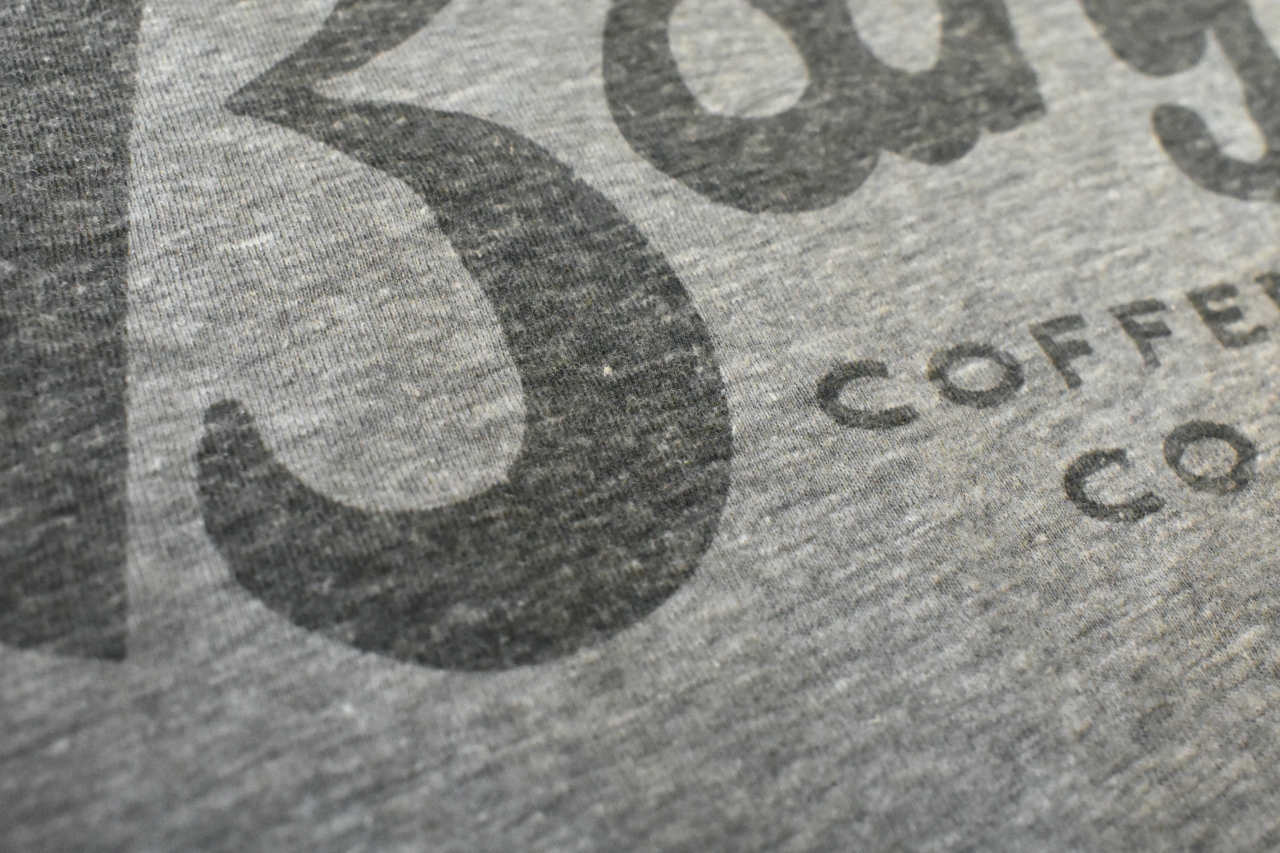
Water Base
Water-based inks are eco-friendly and water soluble. The ink absorbs into the fibers of the garment revealing a soft-hand touch. Water-based inks are considered premium and desirable for t-shirt printing.
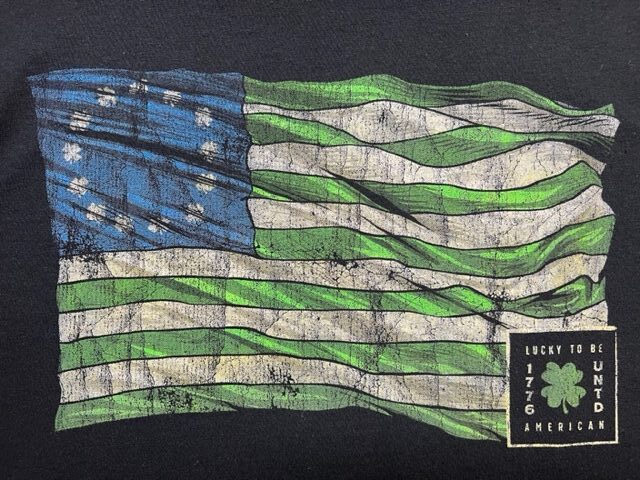
Discharge
Discharge ink is a water-based product that is formulated by adding an activator to the ink removing the dye from the fabric. Discharge works only on 100% cotton.
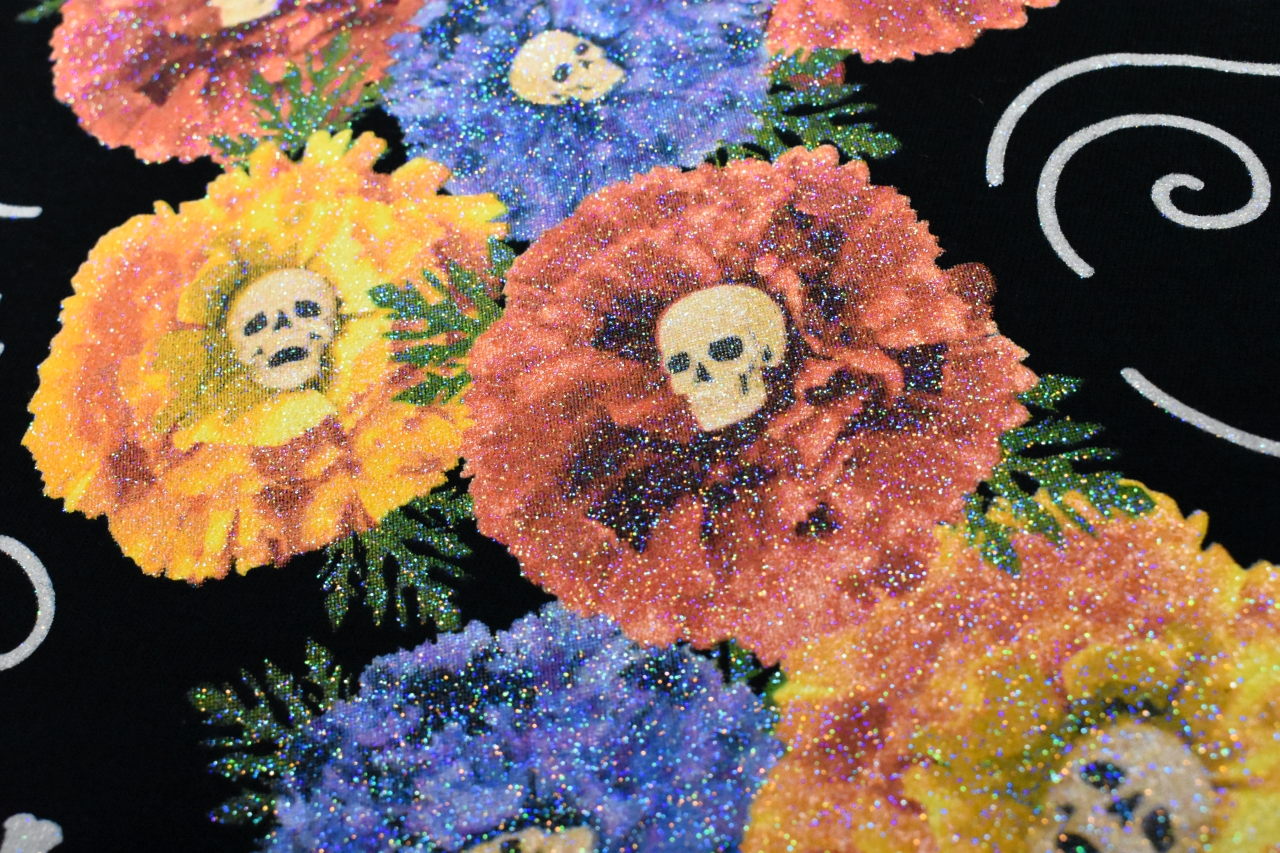
Metallic/Glitter
Glitter or Metallic printing can create eye-catching and visually appealing designs. Also, can add a touch of luxury, fun, and excitement.
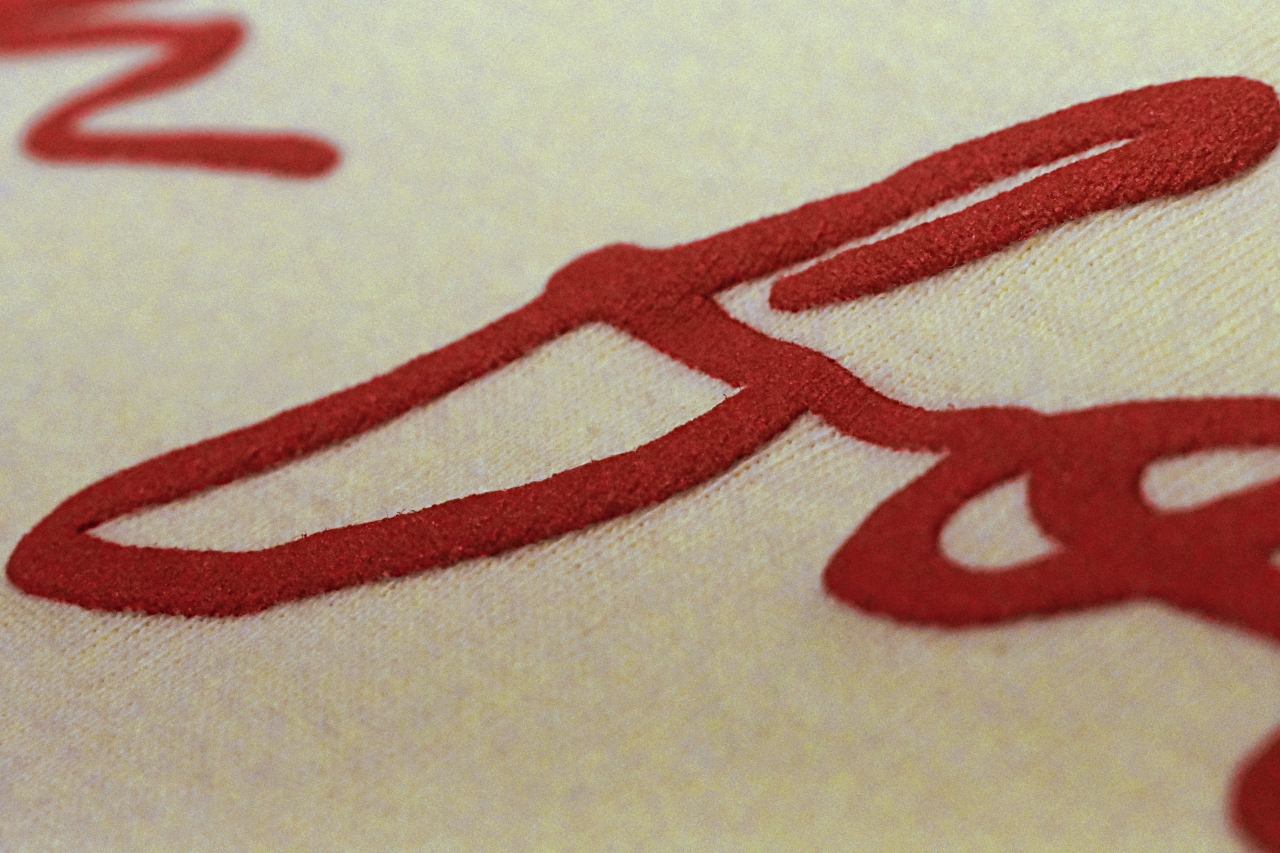
Puff
Puff printing uses a special ink that rises and puffs up when heated. This creates a raised, three-dimensional effect. Puff ink is typically made with plastisol and a foaming agent to create the sophisticated effect.
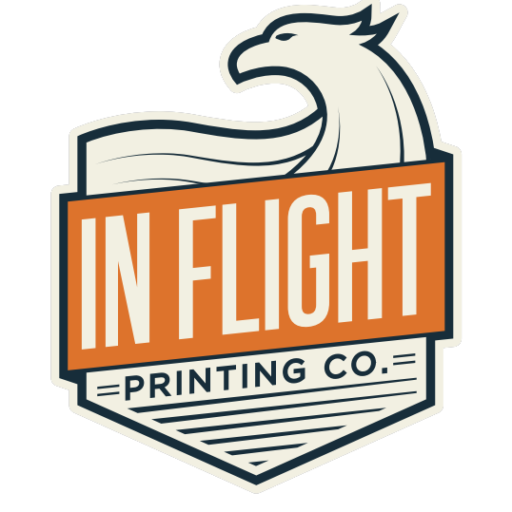
Glow-in-the-dark
Glow ink contains phosphors; the substance that absorbs light and then releases it slowly over time when exposed. Typically available in a more limited range of colors.